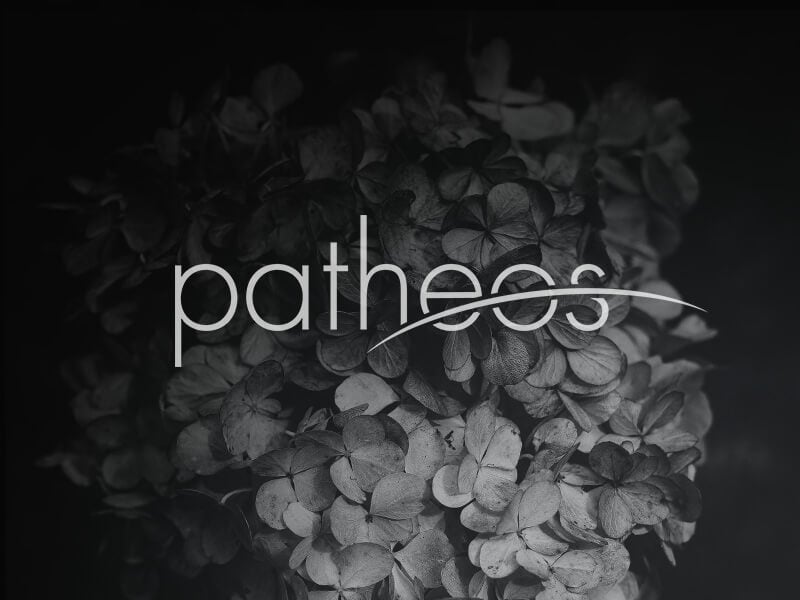Last week I posted a figure showing the rise of the religiously unaffiliated over the past 40 years. Today I am breaking it down by age, for this helps us to understand better what is happening. As shown last week, rates of the unaffiliated rose rapidly in the 1990s and more slowly since. Two general models for this rise would be be 1) it’s happening primarily among the youth, and they remain unaffiliated as they age or 2) it’s happened to all ages over time, though youth were, and continue to be, less affiliated with religion.
In this first figure, I plot the percentage of Americans who report being unaffiliated with religion by three age groups: the young, ages 18-29, the middle-aged, 30-49, and us old folks, age 50+. Using data from the General Social Survey, I was able to go back to 1972, and to smooth out the lines, I collapsed data into five-year intervals (e.g., 1970-74, 75-79, 80-84, etc…)
As you can see, rates of the religiously unaffiliated have increased rather steadily in all age groups. Yes, the young are more likely to be unaffiliated the the middle-aged or the old, but it’s been this way all along. Something that I did’t appreciate until I broke down the data this way is that the religious revival in the 1980s seems to have taken place primarily among the young. The strong rise in the unaffiliated in the 1990s happened mostly among the young, as they lost the religious gains of the 1990s.
In terms of relative trends by age, the above figure is a little difficult to interpret because each group started at a different baseline. So, to standardize starting points, I set each group’s 1972 level to equal “1,” and then I plotted relative changes from that shared reference point. As such, a score of “2” would indicate that the rate of being unaffiliated had doubled.
Once again, the percentage of being unaffiliated increased in each group, but relatively speaking, it’s increased most among the middle-aged and the elderly. In both the percentage of the unaffiliated more than tripled, compared to the 2.5x increase in the young. There is some lagged effect, as the elderly are catching up the middle-aged in the past decade, but overall, the rise of the religious nones is something that spans all age groups. Thus it’s a societal-wide change more than just an age or generational change.

















